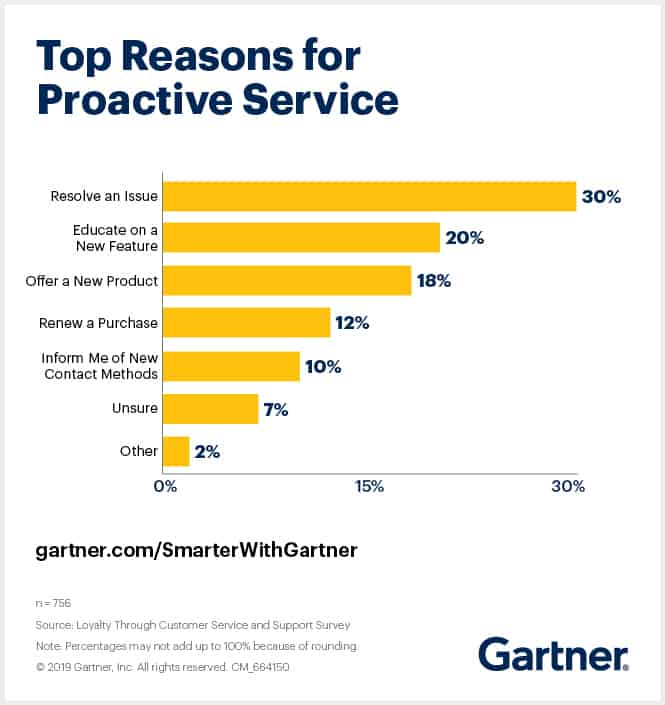According to Gartner customer service and support leaders must transform their service experience with dynamic customer engagement (DCE) to enable personalized proactive conversations with customers.
Most service organizations operate in a reactive manner, requiring customers to exert significant effort to navigate multiple service channels, often unsuccessfully.
DCE is a strategy that enables organizations to deliver differentiated service experiences. DCE helps service organizations transform data into insights to deliver next best actions to customers and transform the customer experience.
“Reactive service experiences place the burden on customers to find the best channel for resolution, whether it’s to check on the status of a request, conduct a transaction or troubleshoot a repair issue. Customers often switch channels or use multiple channels concurrently, further increasing both effort and service costs,” said Philip Jenkins, senior director analyst in the Customer Service and Support Practice at Gartner.
He explained that these negative effects extend well beyond cost and the service experience – to the organization’s revenue, its inability to mitigate disloyalty and maximize wallet share, and gauge overall profitability as well.
A Gartner survey of more than 6,000 customers revealed that only 13% reported receiving any type of proactive customer service. However, that same research showed that proactive customer service results in a full point increase in Net Promoter Score (NPS), Customer Satisfaction Score (CSAT), Customer Effort Score (CES) and Value Enhancement Score (VES).

“We have consistently found that a one-point increase in metrics has major implications on customer loyalty – boosting retention, wallet share and positive word of mouth,” added Jenkins. “While these impacts on improved reactive experiences are significant, shifting from reactive to proactive conversations is a game changer delivering nearly effortless experiences, reducing cost and increasing customer lifetime value.”
Customer service and support leaders responsible for improving the digital, self-service and assisted service channel effectiveness should consider the following:
- Evaluate the potential economic and customer experience impacts of DCE to the organization by meeting with peers and experts.
- Partner with IT to identify gaps and build a technology roadmap to support implementation. Then assess current state technology architecture and data management capabilities against DCE requirements.
- Collaborate with human resources to assess existing organizational resources, conduct a talent and skills gap analysis, and develop a plan to attract, hire, and retain the additional resources required to implement and operate DCE.
- Develop and champion the DCE business case to secure approval and prioritize investment necessary for implementation.




